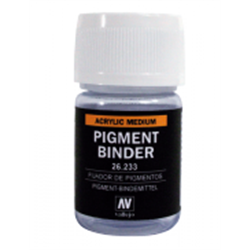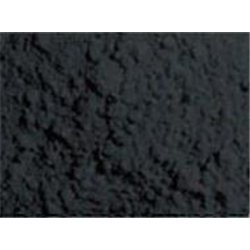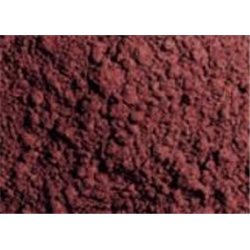When assembly and painting of a model are completed, many modellers will wish to add some degree of wear and tear to...
No products
Product successfully added to your shopping cart
There are 0 items in your cart. There is 1 item in your cart.
Search Tips
How do I use pigments with my models?
Pigments are powdered colouring agents used for weathering and adding realistic effects to scale models.
You can apply them in two main ways: dry over wet or dry paint, or mixed into a liquid binder. A binder is a medium that allows the pigment powder to adhere to the model's surface.
One technique is to dip your brush into an isopropanol-based binder solution sold by manufacturers, then rub it over a toothpick dipped in the pigment powder. This will transfer tiny amounts of the binder onto the powder, sealing it in place without making it run or wash away. However, it will leave a slightly lumpy texture, which can be ideal for replicating effects like rust or dried mud deposits.
Alternatively, you can apply the pigments in their dry, powdered form directly onto the model, then use a small amount of airbrush cleaner sprayed over the top. The airbrush cleaner will help fix the loose pigment particles in place without disturbing their dusty, weathered appearance.
No matter which method you use, always start with a small amount of pigment and build it up gradually for the most realistic finish. Different colours can be blended together as well. Take your time and experiment to achieve the desired effect.
Click here to receive the tips weekly in your mailbox. You can unsubscribe at any time.










